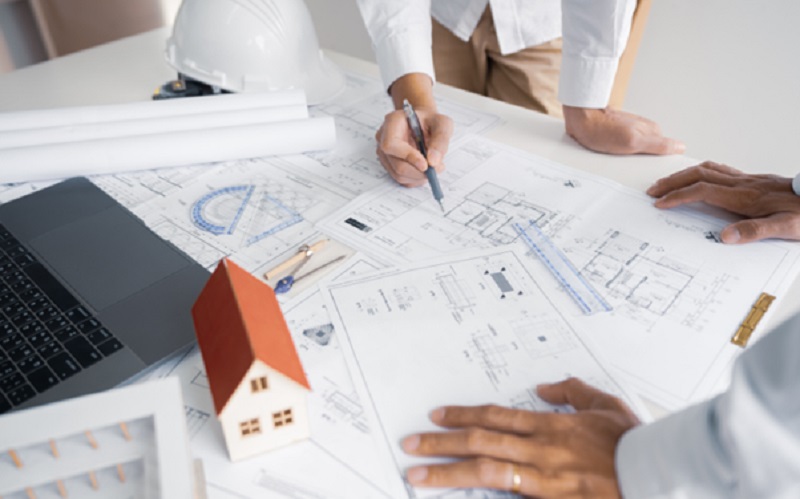Behind the Scenes of Office Interior Design in Singapore

Designing an office space is much more than choosing furniture and arranging desks. The process involves a complex series of decisions and actions, all aimed at creating an environment that fosters productivity, and well-being, and reflects a company’s culture. In Singapore, where businesses are continually evolving to meet the demands of a global economy, office interior design plays a critical role in maintaining a competitive edge. However, what happens behind the scenes of office interior design in Singapore is often hidden from view. This article takes you through the critical stages of the design process, shedding light on what happens and why it matters.
1. Knowing Client Needs and Objectives
The first step in any office interior design project is understanding the client’s needs and objectives. This phase is crucial because it sets the foundation for the entire project. Designers meet with clients to discuss their vision, budget, and any specific requirements they may have. This is not just about taking orders but involves asking the right questions to uncover underlying needs the client might not have articulated.
2. Conducting Space Analysis and Planning
Once the client’s needs are clear, the next step is space analysis and planning. This involves a detailed assessment of the existing space, taking into account factors like natural light, foot traffic patterns, and acoustics. In Singapore, where office spaces can be limited, efficient space planning is particularly important. The design team evaluates how to best use the available space to meet the client’s objectives while considering future growth.
3. Selecting Materials and Finishes
After finalising the space plan, the focus shifts to selecting materials and finishes. It is where the aesthetic aspect of office design in Singapore comes to life, but it’s not just about looks. The choice of materials impacts everything from durability and maintenance to sustainability and employee comfort. For example, while a sleek marble floor might look impressive, it might not be the best choice for an office with heavy foot traffic due to its tendency to become slippery and wear over time.
4. Coordinating with Contractors and Suppliers
Once the design and materials are finalised, the next step involves coordinating with contractors and suppliers. This phase is crucial because the quality of workmanship and materials can make or break the project. The design company in Singapore acts as the project manager, ensuring that all parties involved adhere to the project’s specifications, timelines, and budget.
5. Implementing the Design
With the groundwork laid, the implementation phase begins. This is where the design takes shape as the office space is transformed according to the approved plan. Implementation includes everything from structural changes to the installation of furniture and fixtures. In Singapore, where many office spaces are in high-rise buildings, this stage often involves logistical challenges, such as coordinating deliveries and installations without disrupting other tenants.
6. Final Inspection and Handover
The final phase of the process is the inspection and handover. After implementing the design, the design team conducts a thorough inspection to ensure that the project meets the client’s expectations and adheres to the agreed-upon standards. This inspection goes beyond a superficial check; it involves testing the functionality of fixtures, verifying the quality of workmanship, and ensuring that all elements are in place. The team addresses any issues identified during the inspection before handing over the space to the client.
Conclusion
Office interior design in Singapore involves a complex and multifaceted process that extends far beyond the surface appearance of the final space. Each stage, from understanding the client’s needs to the final handover, plays a crucial role in creating an office environment that is visually appealing, functional, sustainable, and aligned with the company’s goals. By gaining insight into what happens behind the scenes, businesses can better appreciate the value of a well-executed design process and make more informed decisions when planning their office spaces.
For more information about creating the perfect office space, contact Raw Design Consultants today.

